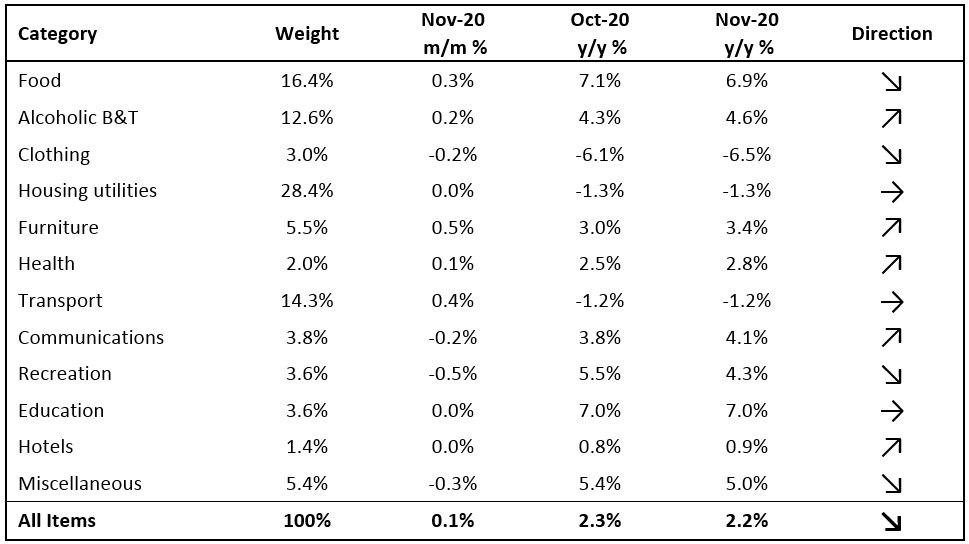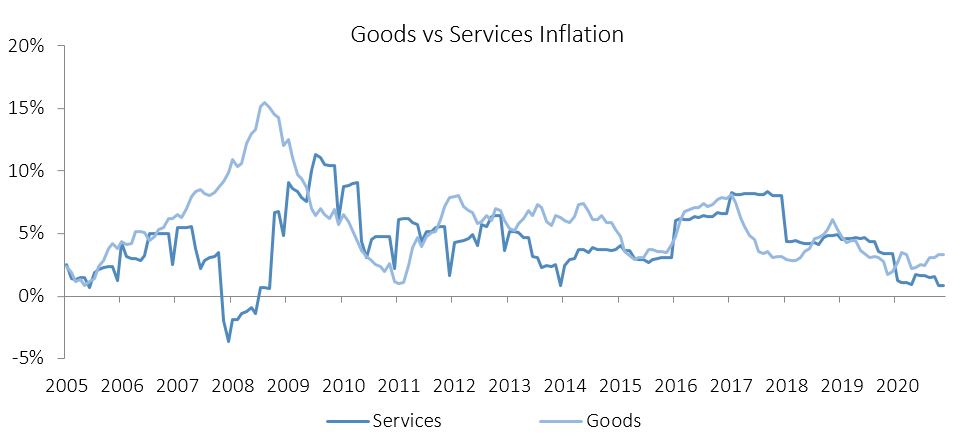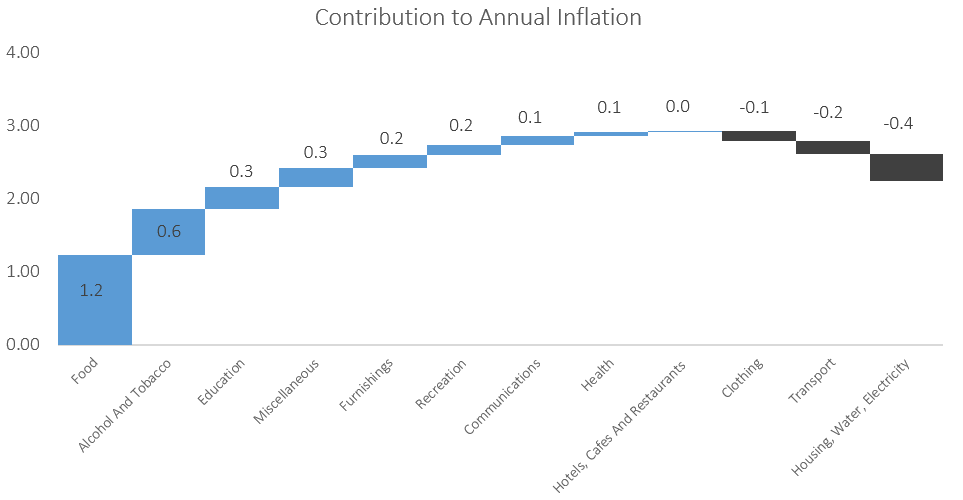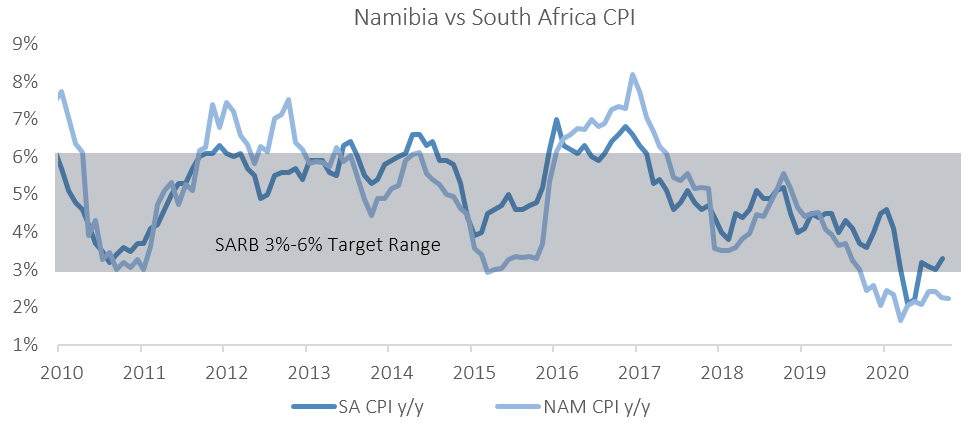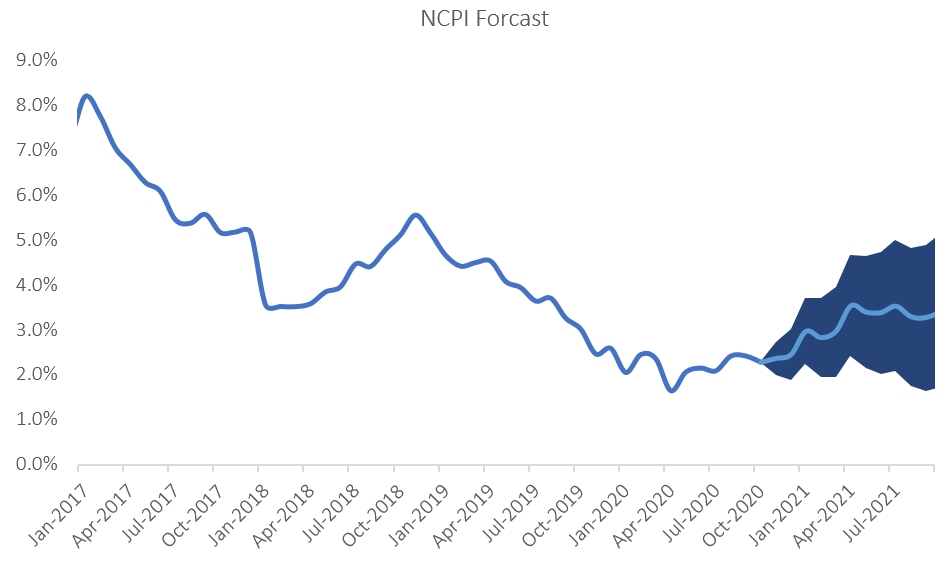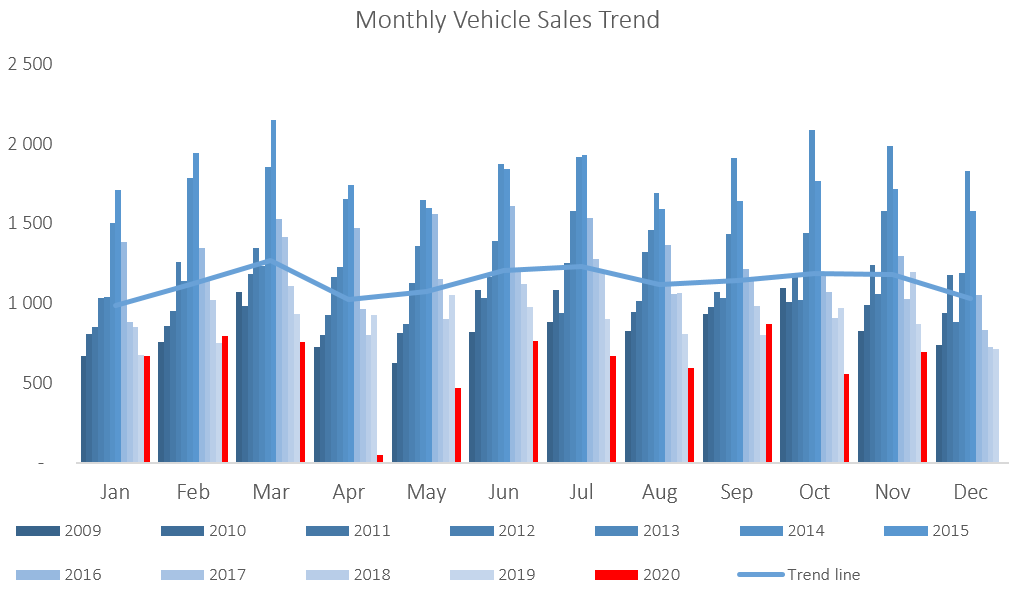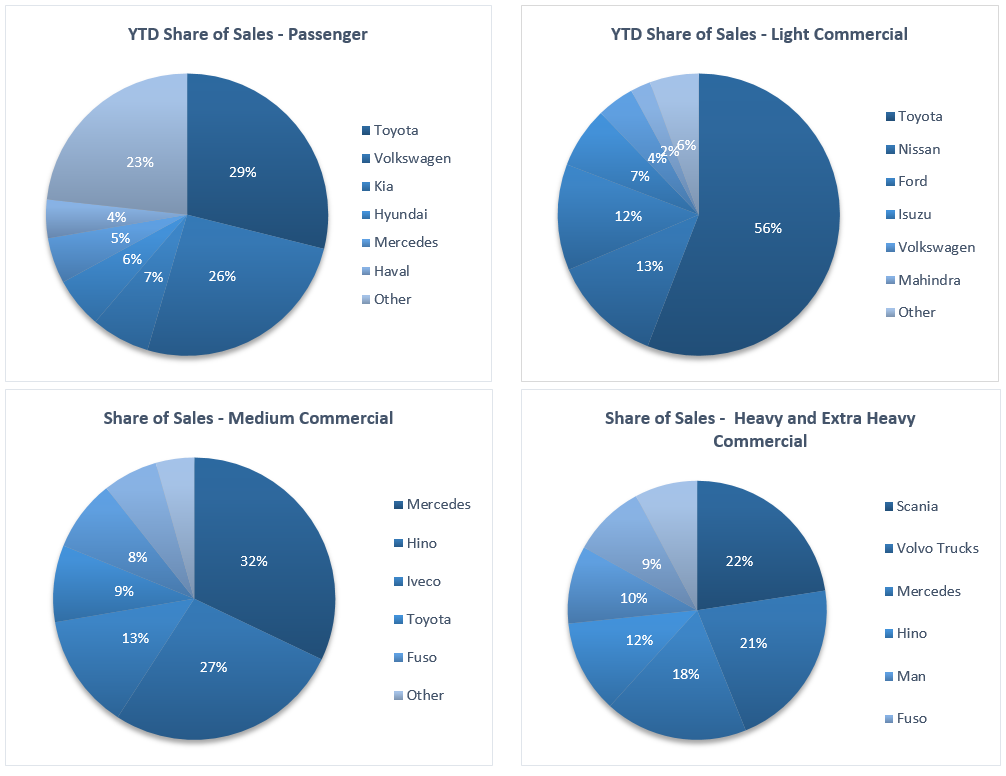
The City of Windhoek approved a total of 271 building plans worth N$237.2 million in November, 35 fewer than in October. In value terms, approvals fell by N$90.5 million to N$237.2 million in November from N$327.7 million worth of approvals in October. A total of 61 building plans worth N$40.4 million were completed during the month, a decline of 76.3% y/y in number and 82.8% y/y in value of completions. Year-to-date, N$1.78 billion worth of building plans have been approved, 2.7% lower than the corresponding period in 2019. On a twelve-month cumulative basis, 2,258 building plans have been approved worth approximately N$1.94 billion, 2.8% higher in value terms than approvals at the end of November 2019.

The largest portion of building plan approvals in November was made up of additions to properties. 165 additions to properties were approved with a value of N$95.1 million, 11.3% lower in number, but 42.4% more in value terms than in October. Year-to-date 1,517 additions to properties have been approved with a total value of N$673.5 million, a 3.1% y/y decline in number and 9.3% y/y decrease in value. 10 additions worth N$5.5 million were completed during the month. Year-to-date 866 additions have been completed with a combined value of N$444.8 million, down 31.2% y/y in number and 34.8% y/y in value terms.

New residential units accounted for 104 of the total 271 approvals registered in November, an 9.6% m/m decrease compared to the 115 residential units approved in October. In value terms, N$132.0 million worth of residential units were approved during the month, 45.6% less than the N$242.9 million worth of residential approvals in October. Year-to-date 610 residential units have been approved worth N$798.2 million, 278 units more than in the corresponding period in 2019 and up N$280.4 million in value terms. 51 Residential units valued at N$34.9 million were completed in November, bringing the year-to-date number to 690, up 147.3% y/y. In monetary terms, this is an increase of 170.4% y/y.

Only 2 new commercial units, valued at N$10.0 million, were approved in November, bringing the year-to-date number of approvals to 40, worth a total of N$305.0 million. On a rolling 12-month perspective, the number of commercial and industrial approvals have slowed to 43 units worth N$315.6 million as at November, compared to the 47 approved units worth N$566.1 million over the corresponding period a year ago. No commercial and industrial units were completed in November.

On a rolling 12-month basis, the number of building plan approvals have been ticking up steadily since June, although the growth has been from a relatively low base. In monetary terms, these approvals are up only 2.8% y/y. Additions to properties have made up 70.0% of the year-to-date total number of approvals, but only 37.9% of the total value of approvals, indicating that the planned construction activity will mostly consist of smaller building projects. The cumulative value of plans approved is still trending downward from a longer-term perspective, as the graph above indicates.


